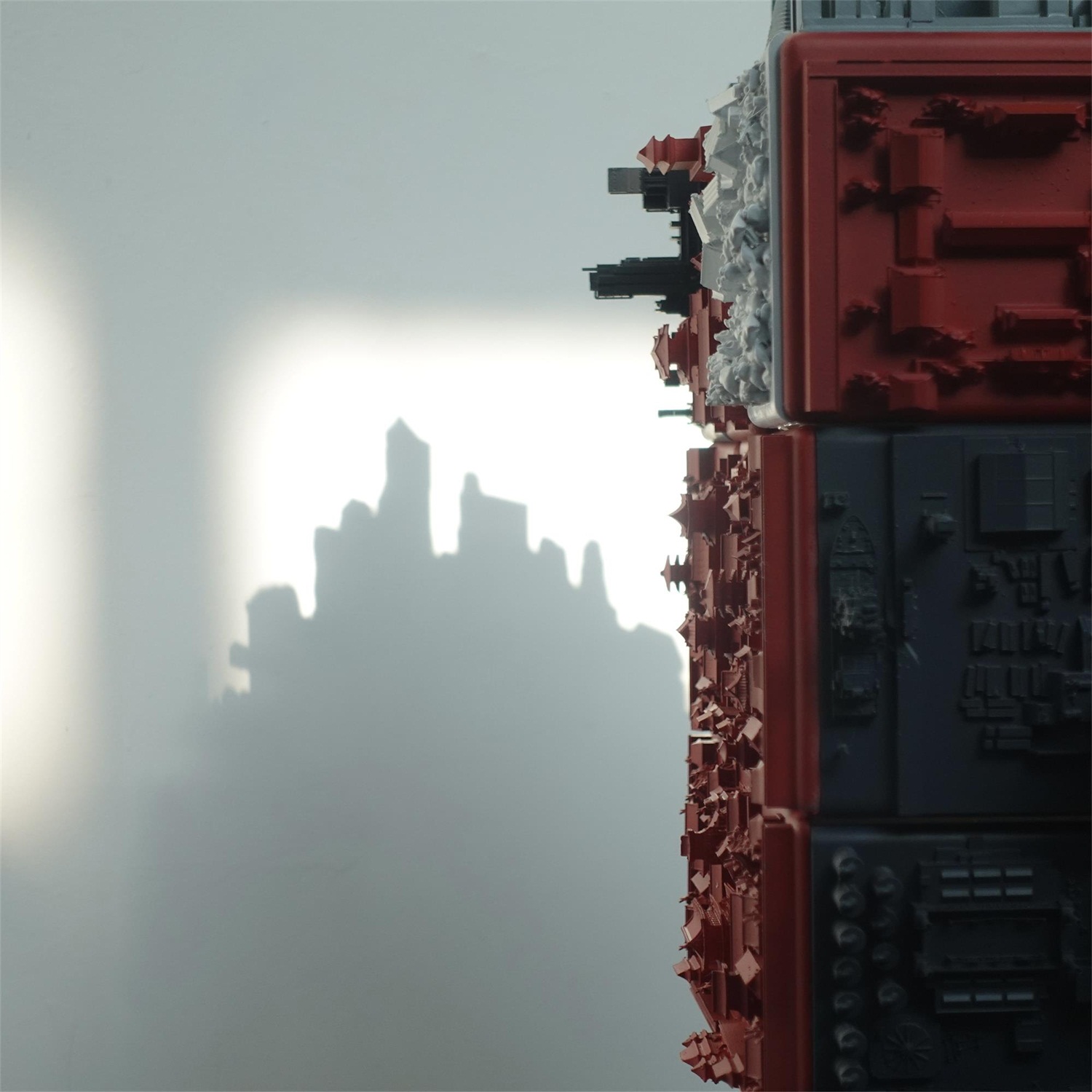
My inspiration comes from the urban zoning issues in present-day Beijing. Due to various factors such as historical development, population, and economic and political considerations, there are challenges in relocating urban villages from the city center. While factories have gathered in the suburbs, there is still a significant residential population there. The city's green spaces have limited impact on air pollution, and the majority of mountains and historical sites are concentrated in the crowded downtown area, which not only clashes with the surrounding environment but also exacerbates traffic congestion.
In response, I created an idealized urban space hypothesis based on Beijing. I selected five types of urban zones: factories, commercial districts, palace clusters, urban villages, and mountains and rivers. Using the Rubik's Cube as the main structure, I utilized its ability to freely rearrange matrix modules to construct a city model that can be easily reconfigured at any time. Each unit block is composed of a diverse array of models, such as iconic Beijing landmarks, factory buildings, and rural huts, which can be interchanged by the audience. I wanted to engage viewers in a relaxed manner, allowing them to participate in the artwork while also provoking contemplation.
Hu Quanchun (Deputy Director of the Sculpture Department of the Central Academy of Fine Arts):
The uniqueness of the work "Rubik's Cube - Impression City" lies in the artist's association between the large-scale urban blocks and the Rubik's Cube controlled between the fingers. The small Rubik's Cube has infinite changes, while the vast urban space is composed of buildings, blocks, and different functional zones. Its emergence and development have historical, political, and economic reasons. "Rubik's Cube - Impression City" attempts to give urban space a Rubik's cube like transformation and combination ability. We can freely switch urban space modes, find our own suitable living environment and scenes. From this point of view, this work is full of infinite imagination. The operation mode after the implementation of the work is expected to involve the public, just like how we play Rubik's Cube games in daily life. From this perspective, the work has a certain degree of interactive participation. The work uses digital software modeling to depict various urban spatial scenes. It is the use of digital software that enables the imagination and interactivity of this work to be presented, making it appear both sci-fi and daily, as well as approachable.

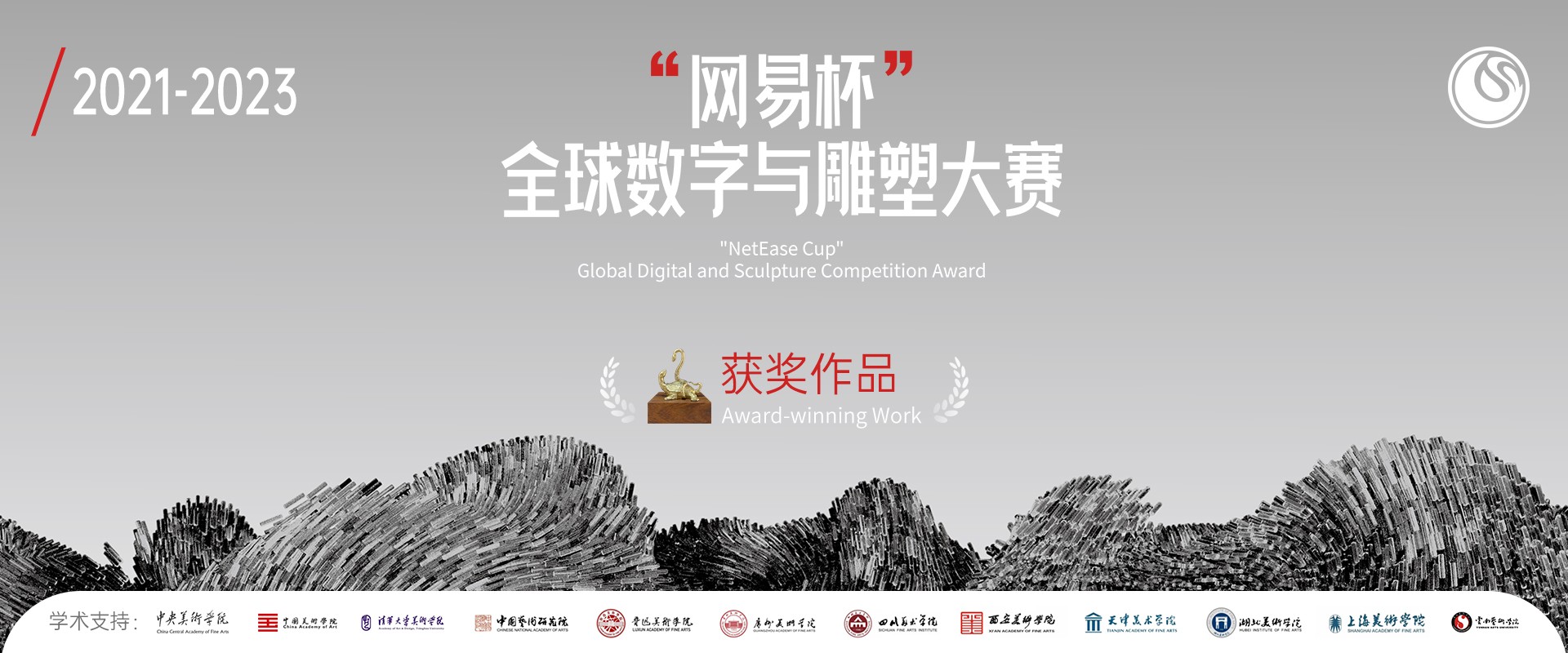
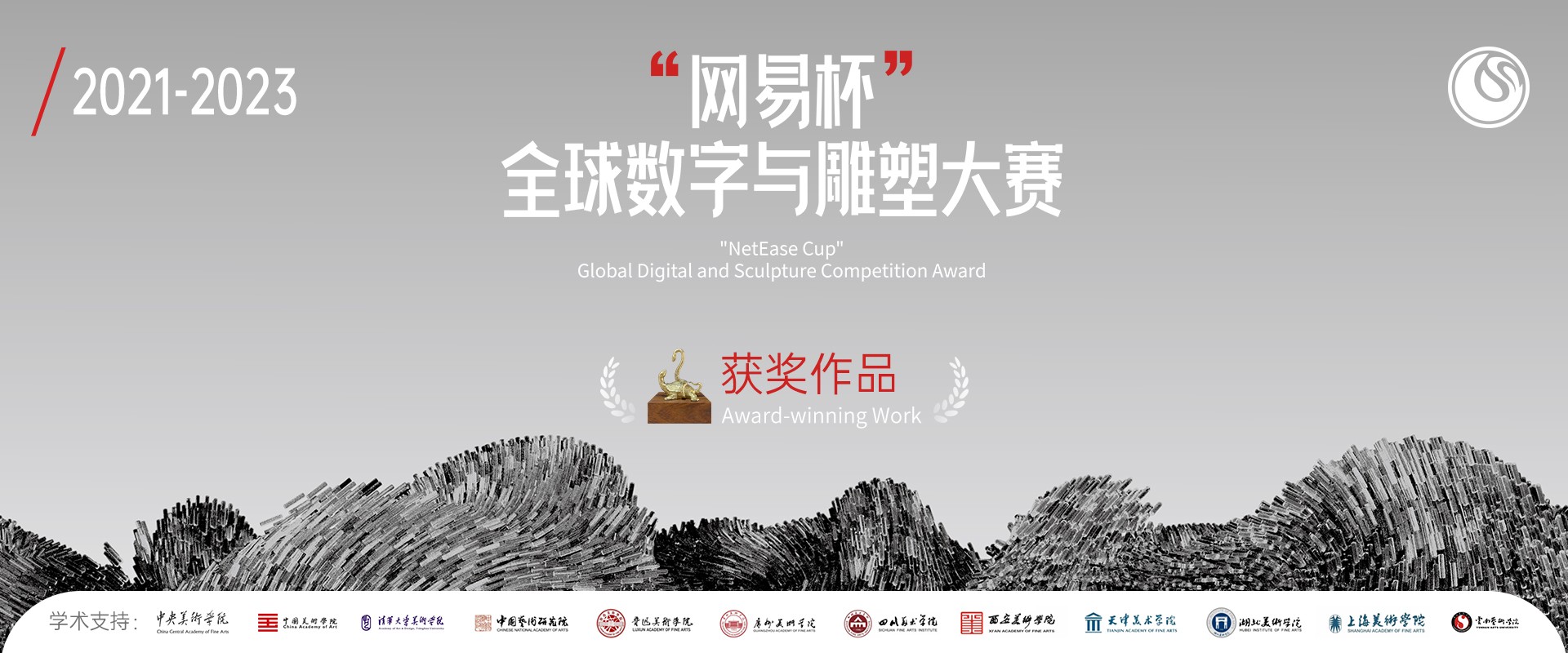
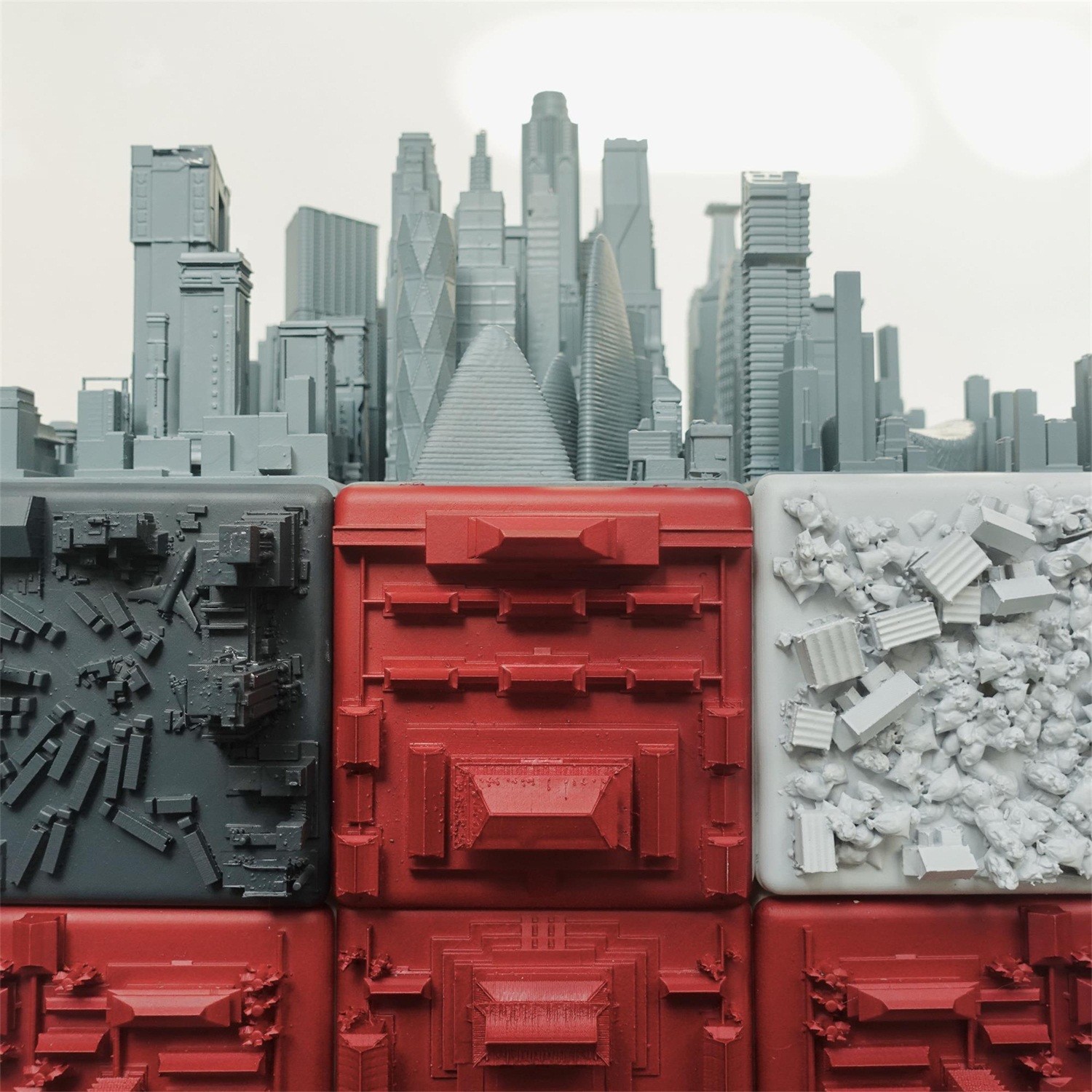
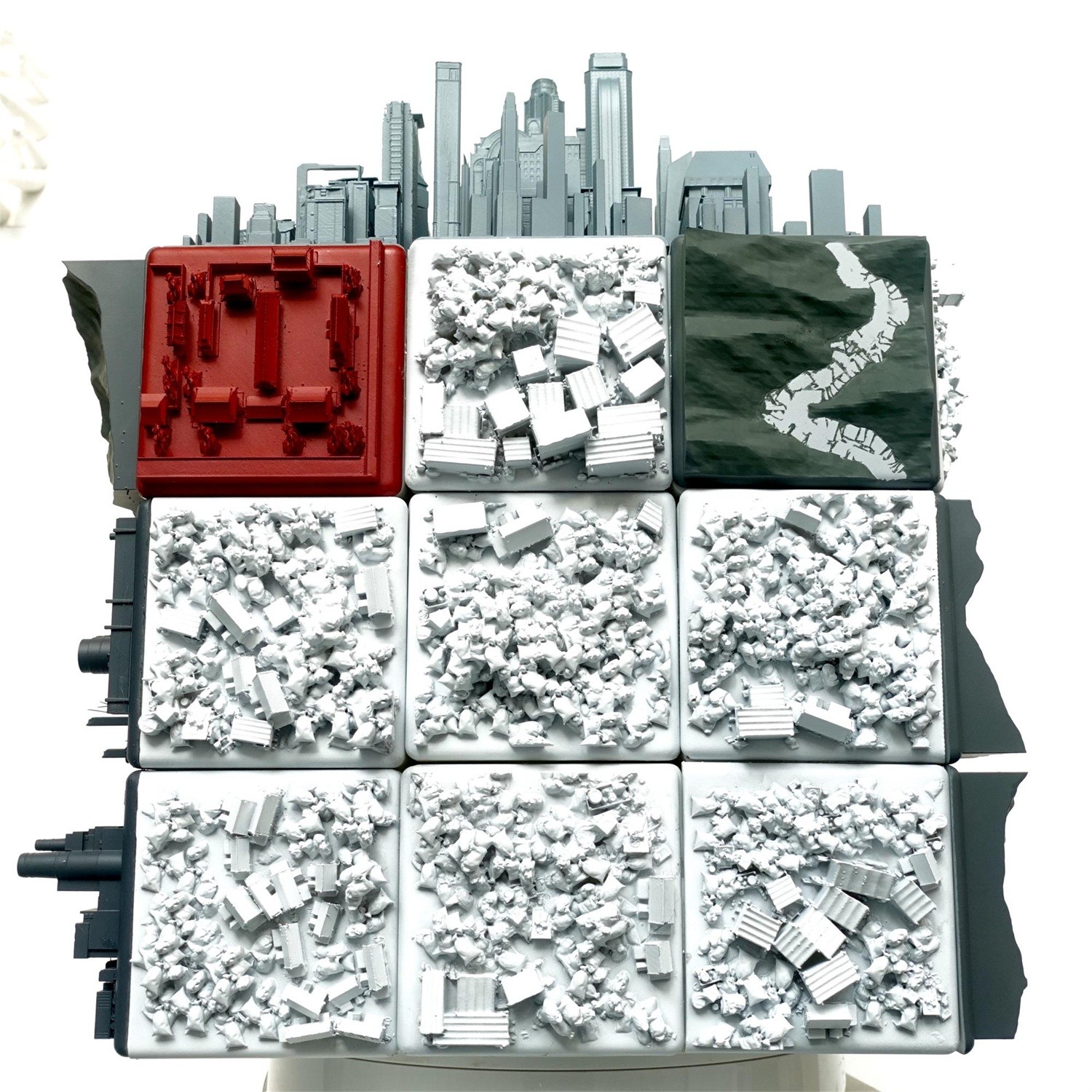
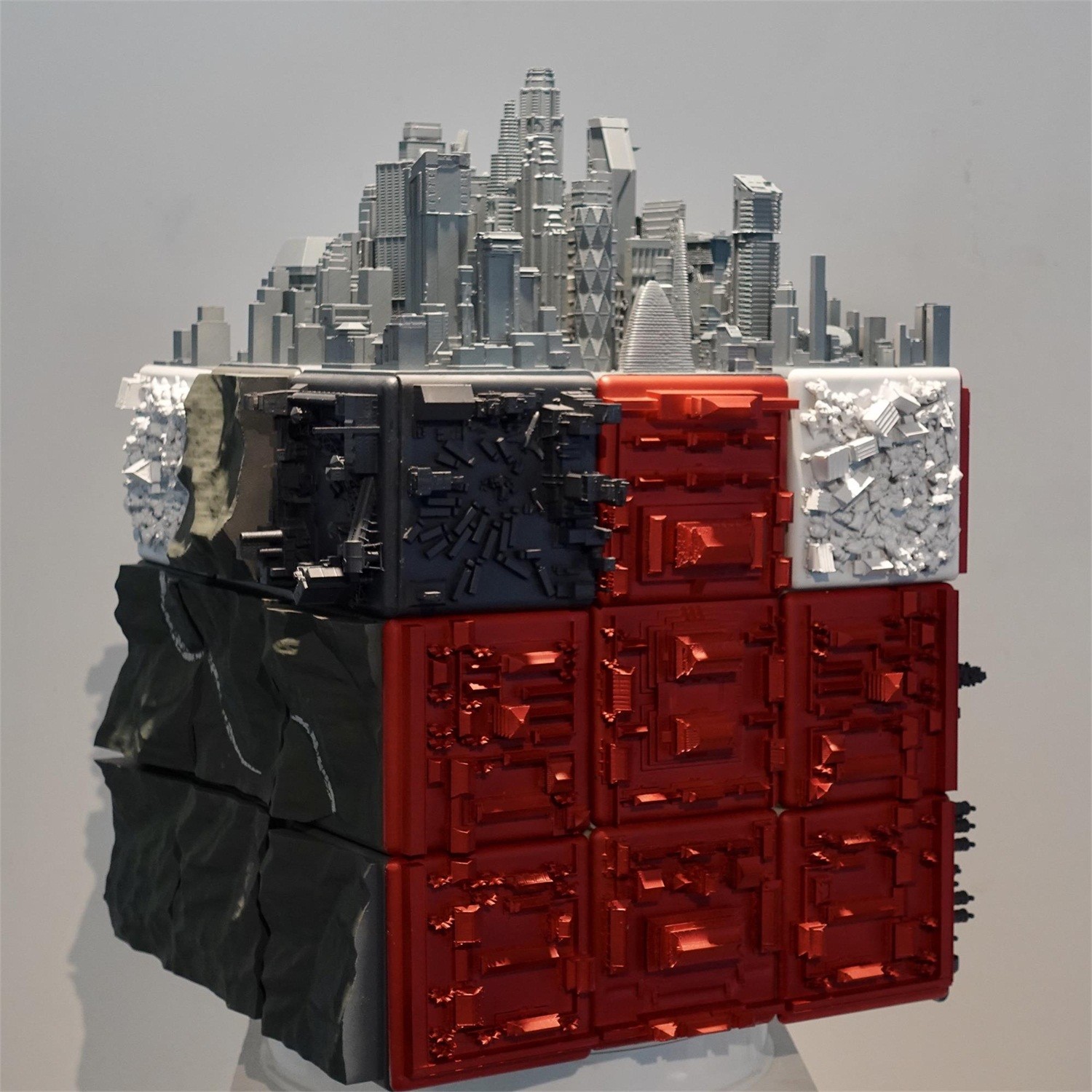
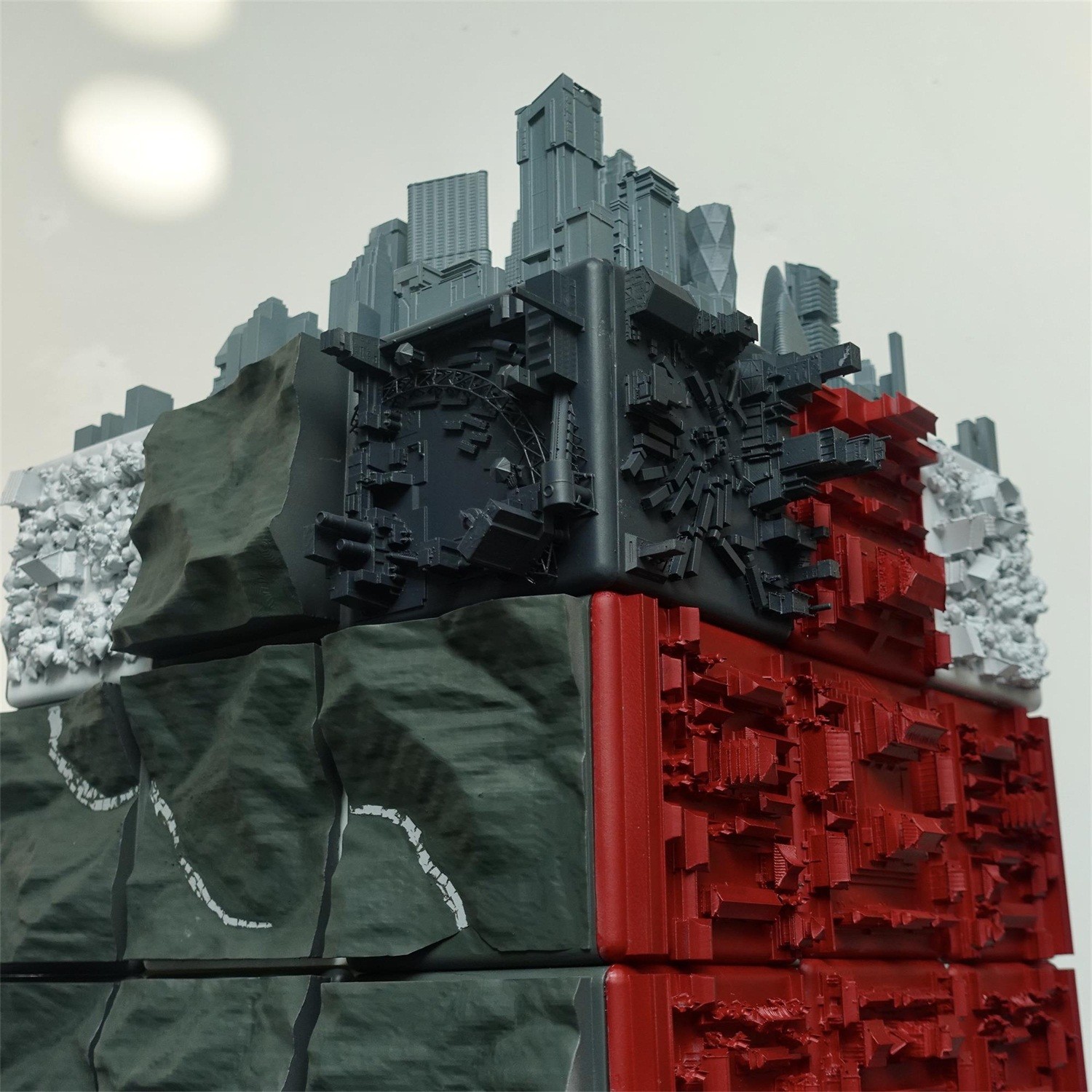

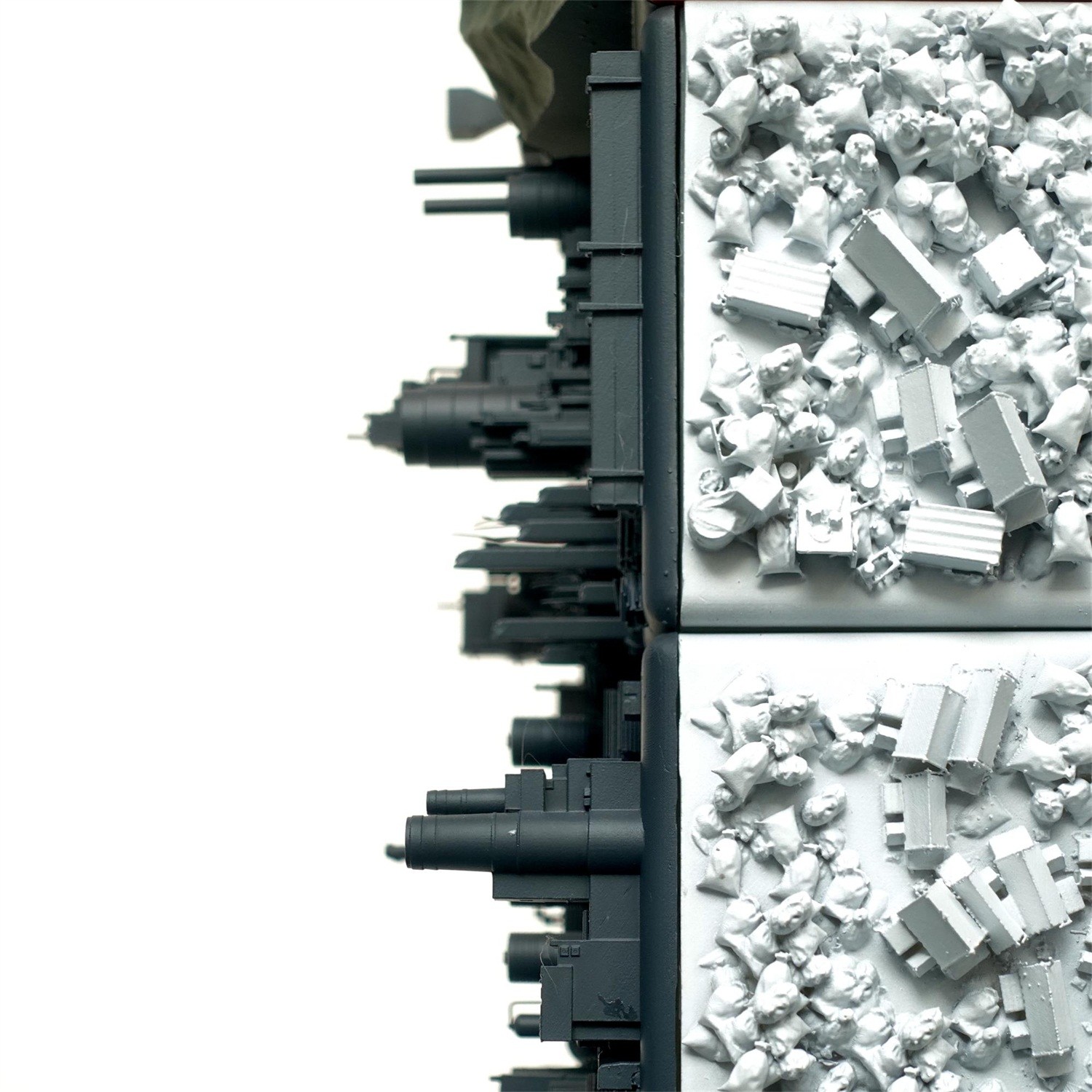

 Official account
Official account
 Microblog number
Microblog number
 Registration QQ
Registration QQ